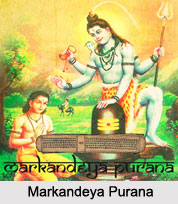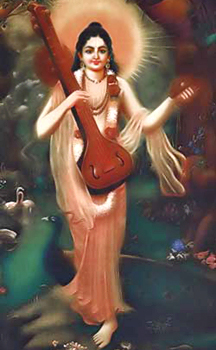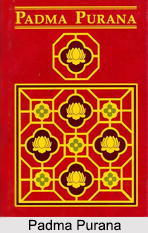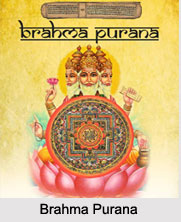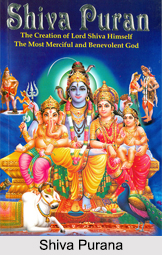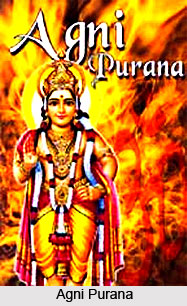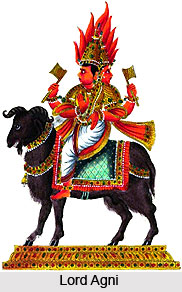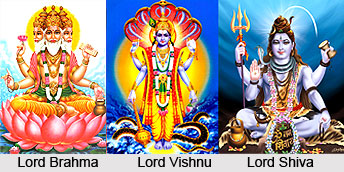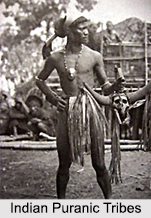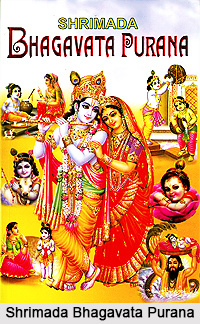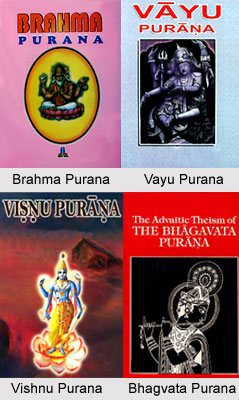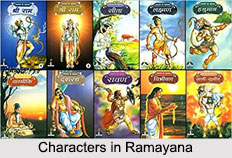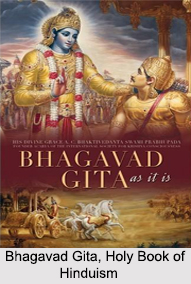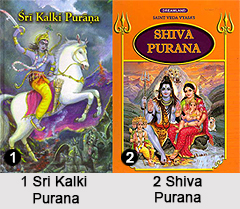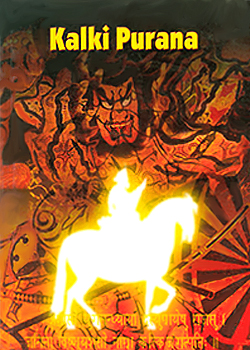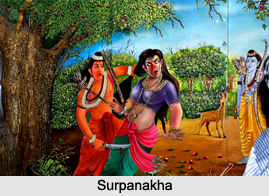In the epic Mahabharata, Sahadeva is mentioned as the son of Jarasandha of Magadha. Sahadeva was placed on the throne of Magadha by the Pandavas when his father died in a combat with the Pandava prince Bhima.
There is a legendary story relating to Sahadeva. The capital of Magadha was ruled by Jarasandha and his son Sahadeva ruled Girivraja in the kingdom of Magadha. Girivraja was a great city surrounded by mountains on all sides. The city was covered with a forest decorated with aromatic flowers. Girivraja was also known as Rajaghra.
Sahadeva, at Girivraja was forced to pay taxes to him. At the Rajasuya sacrifice Sahadeva went as one of the vassals of the Pandava monarchs. Again Jarasandha hearing the valour of Karna fought with him but was defeated. Jarasandha was pleased with the skill in arms of Karna.
It is also stated that after the end of the battle of Kurukshetra when the Asvamedha sacrifice was preceded towards Hastinapur, then Meghasandhi, son of Sahadeva offered battle to Arjuna but was defeated by the latter.
The Bhagavata Purana mentions that Bhima, Arjuna and Krishna in the disguise of Brahmins went to Girivraja where Jarasandha was the ruler. Bhima fought with Jarasandha and killed him. Then Lord Krishna made Sahadeva the emperor of Magadha and freed the kings imprisoned by Jarasandha.
This article is a stub. You can enrich by adding more information to it. Send your Write Up to content@indianetzone.com

